Acquiring an Agras MG-1 Drone
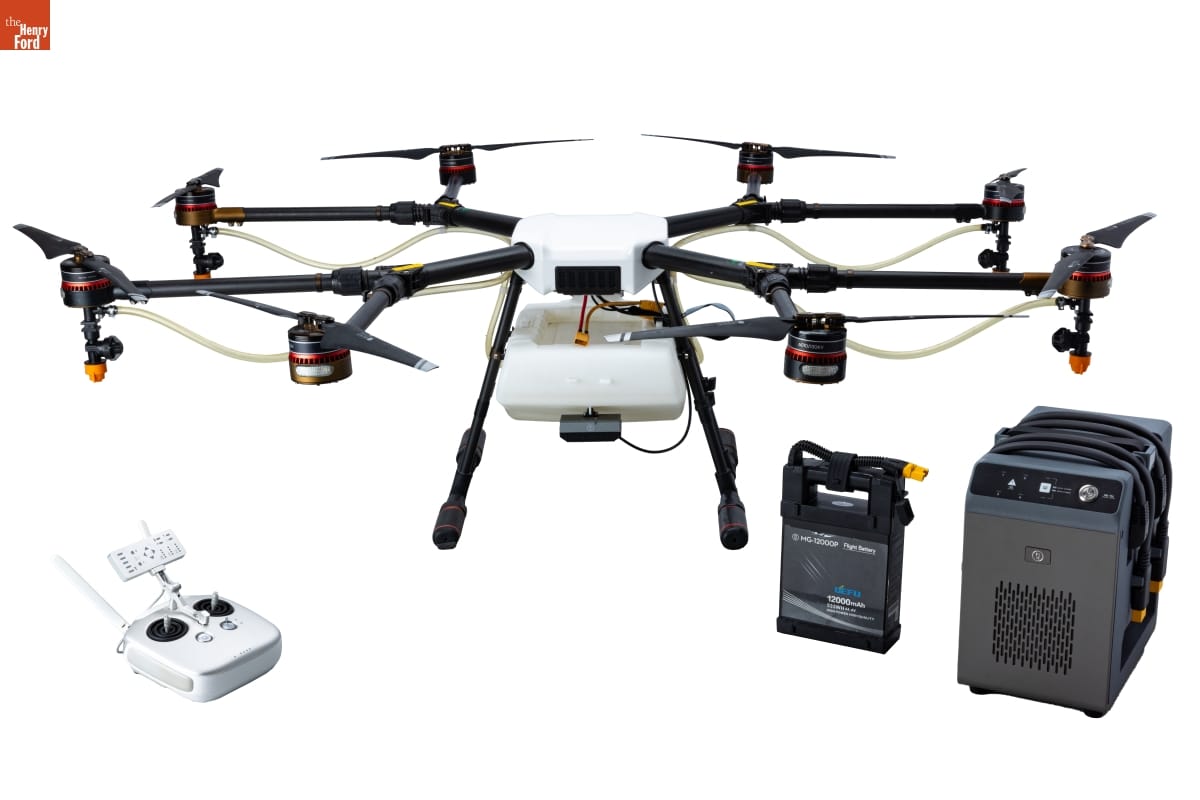
"Agras MG-1" Drone, with remote control, battery, and battery charger, 2016. Gift of Northwestern Michigan College / THF199347
Curators at The Henry Ford document milestones in their given areas of responsibility. For agriculture and environment collections, one significant recent development involves uses of uncrewed aerial technology — popularly known as drones — to apply growth enhancers (fertilizers) and plant protectors (herbicides and pesticides) to specific locations in fields, vineyards, and orchards. Curator Debra Reid began conversations with the Michigan Soybean Committee in 2023 to secure a drone for our collections to document this aspect of precision agriculture.
Drones flew on military missions, predominately, until the early 2000s. One example includes the 1918 Kettering Bug, described as the world's first "self-flying aerial torpedo.” As a Smithsonian Magazine article explained, “the simple, cheaply made 12-foot-long wooden biplane with a wingspan of nearly 15 feet” included “a 180-pound bomb. It was powered by a four-cylinder, 40-horsepower engine manufactured by Ford.” These precision-based technologies aimed to put fewer pilots at risk.
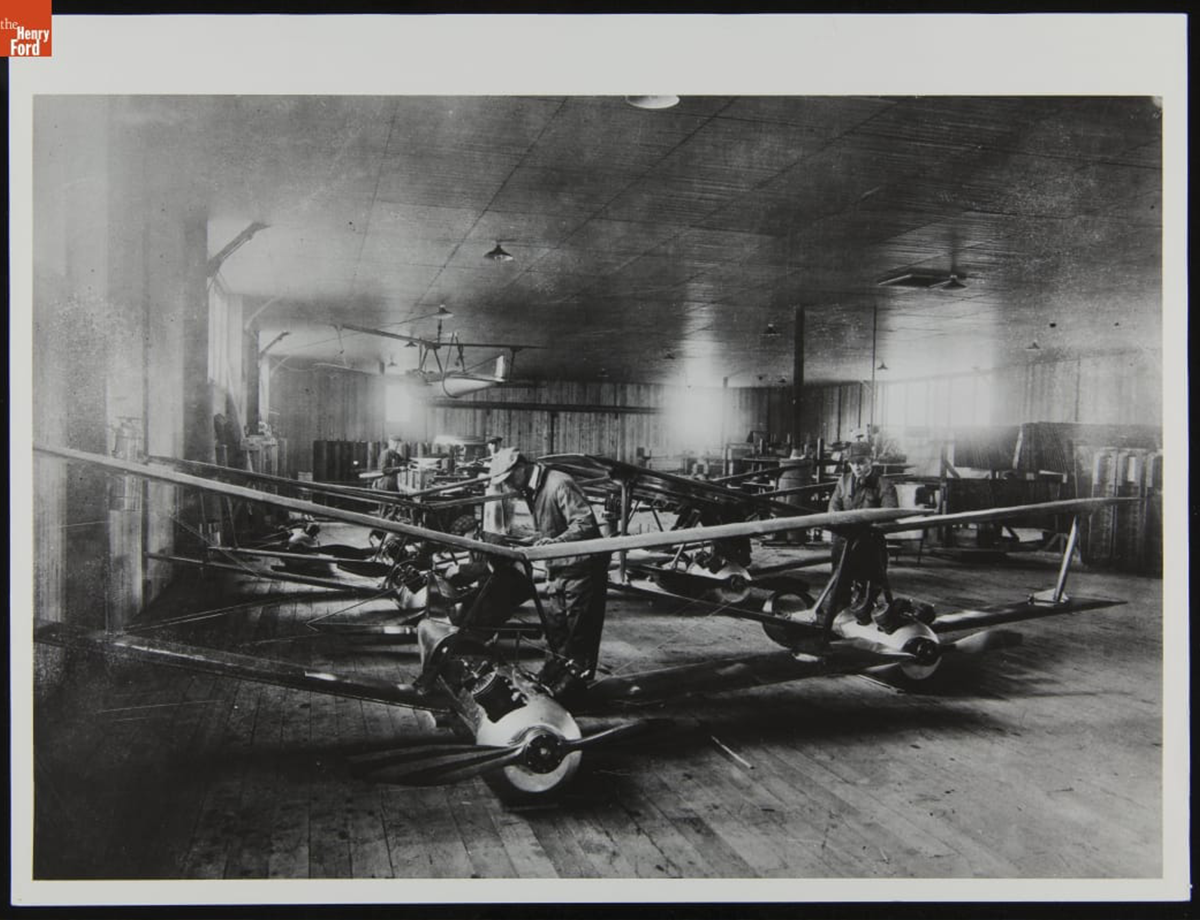
Employees of the Dayton-Wright Airplane Company Working on the Kettering Bug, 1918 / THF270430
Other drones in The Henry Ford’s collections address robotics in aerial photography and stunts.
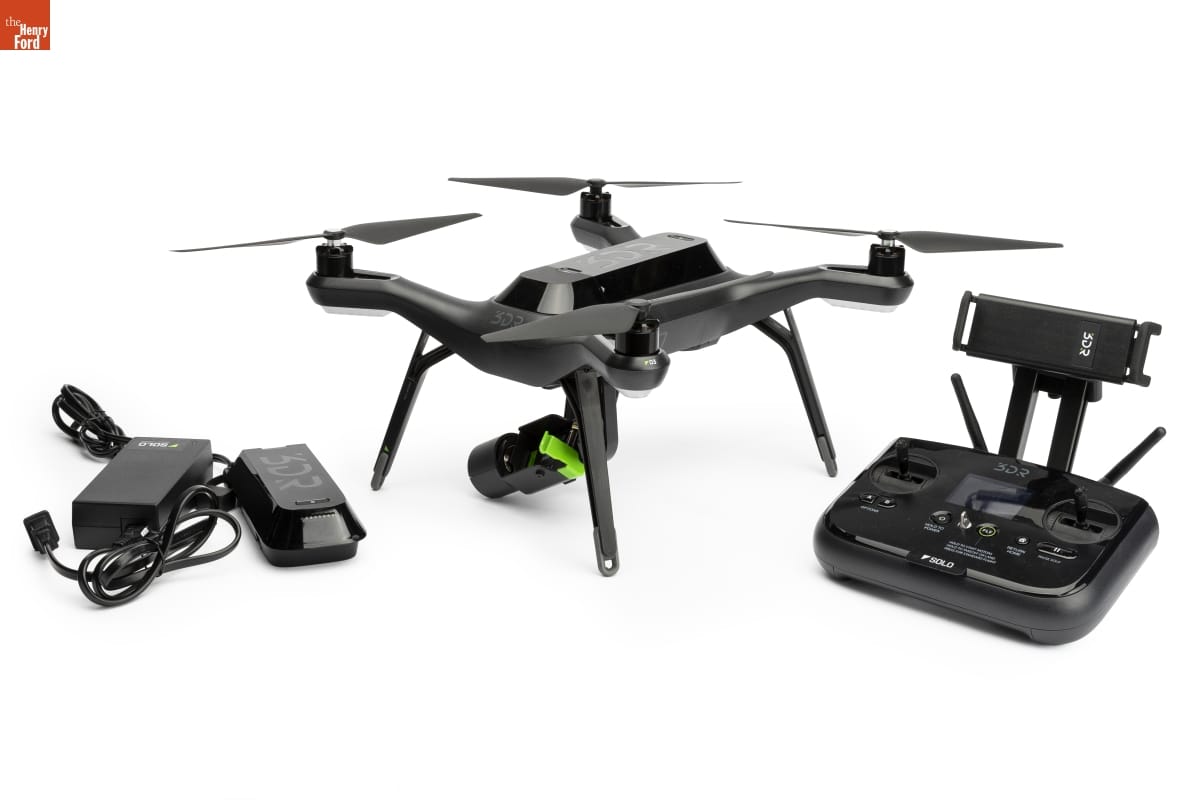
3DRobotics Solo Drone, 2015-2016. Gift of Industrial Designers Society of America / THF193809
3D Robotics (3DR) released its Solo drone in 2015 to great fanfare. NBC News claimed the Solo, when paired with a GoPro HERO camera, could take Hollywood-quality shots. 3DR, the largest North American manufacturer of drones for consumers at the time, believed that the quadcopter with its open-source operating software would dominate the aerial photography market. It may have done so, but competition from the China-based Dajiang Innovation Technology Company (DJI) challenged 3DR and outmaneuvered the Berkeley, California, company. In response, 3DR abandoned the drone manufacturing business and DJI came to dominate the hobby market for uncrewed aerial vehicles (UAVs).
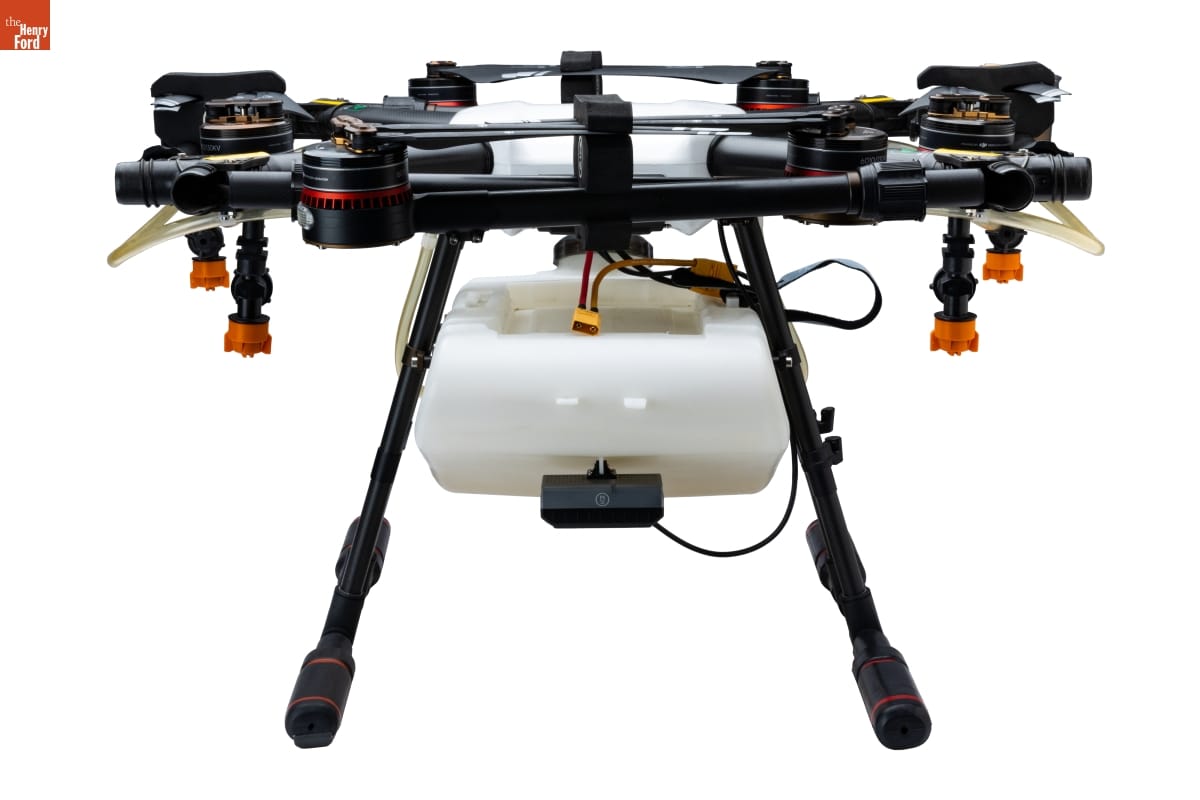
Front view of the "Agras MG-1" Drone with propellers folded to show the radar module, spray tank, spray nozzles, and landing gear, 2016. Gift of Northwestern Michigan College / THF199333
DJI manufactured the Agras MG-1 specifically for the growing market in precision agriculture and advertised the octocopter as “designed for variable rate application of liquid pesticides, fertilizers, and herbicides, bringing new levels of efficiency and manageability to agriculture." Farmers found the investment paid off in numerous ways. They reduced input costs by reducing the quantity of synthetic chemicals applied. Additional environmental benefits included reduced run-off that negatively affects water quality and reduced greenhouse gas emissions because farmers used less fossil fuel during application. Reducing vehicular traffic also improved field health by reducing soil compaction which supported regenerative agriculture goals.
The rapid expansion of hobby and commercial drone markets prompted licensing regulation. The Federal Aviation Administration (FAA) required commercial drone operator licensing in 2016, but some schools had anticipated the need. Northwestern Michigan College first offered a course in Uncrewed Aerial Systems operation at the Yuba Airport in Grand Traverse County, Michigan, in 2010, becoming one of the first schools in the United States to do so. In 2013, NMC launched an Associate in Applied Science degree with a specialization in UAS. Then, NMC purchased one of the first DJI spray drones used in the United States, according to Tony Sauerbrey, UAS program manager at NMC. The Agras MG-1 facilitated the rapid expansion of commercial drone use in Michigan farm fields.
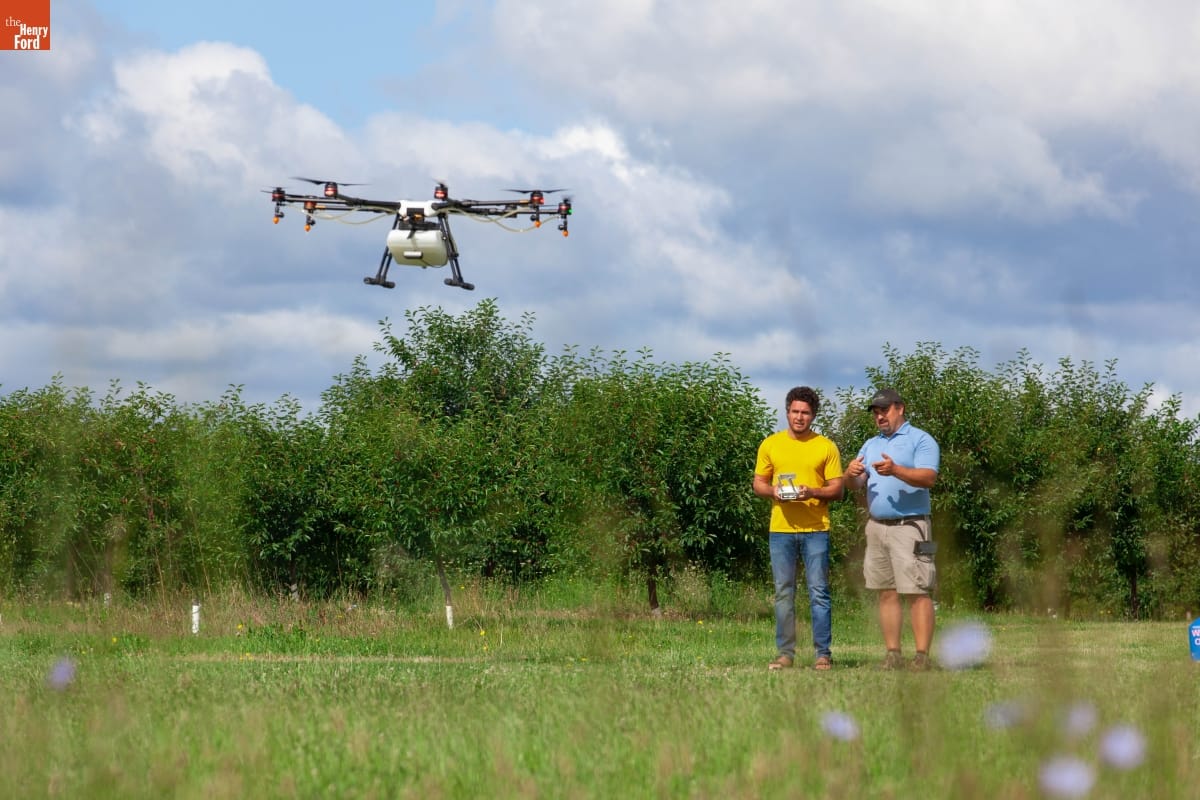
Instruction in Agras MG-1 operation. Gift of Northwestern Michigan College / THF717085
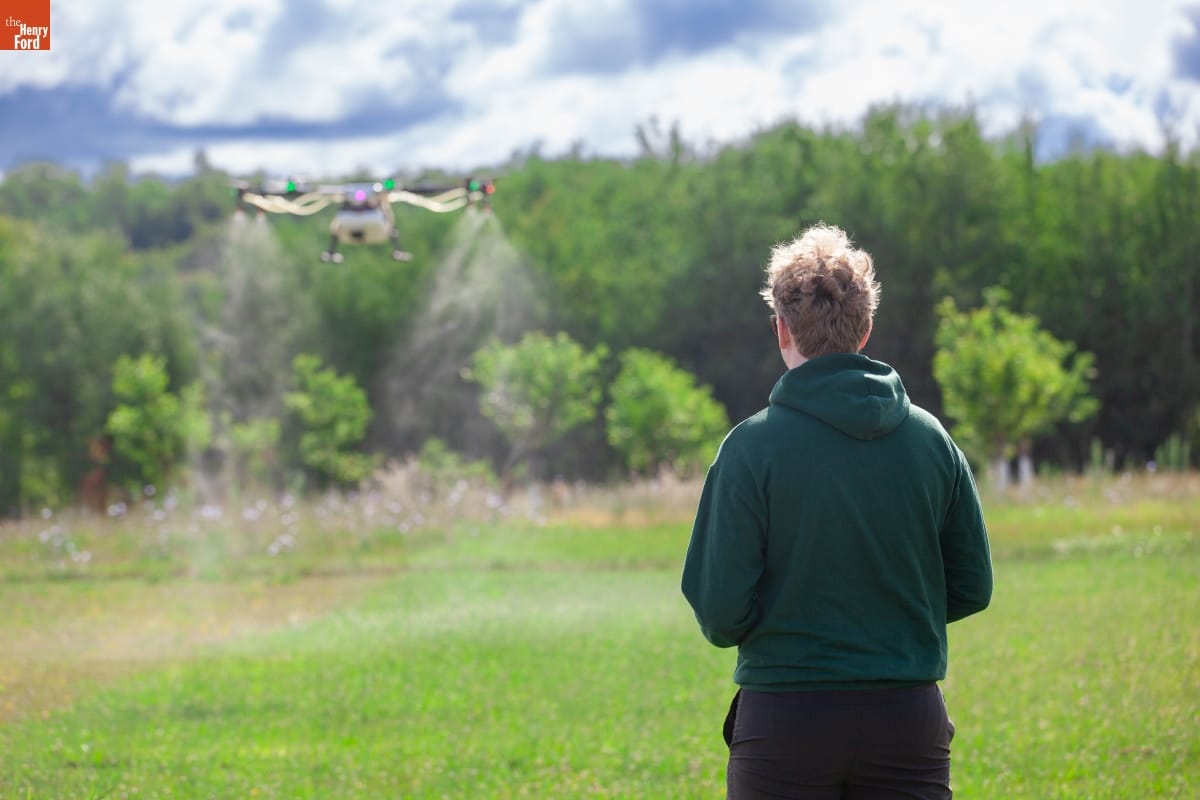
Learning to operate the Agras MG-1, dispensing water, rather than chemicals. Gift of Northwestern Michigan College / THF717084
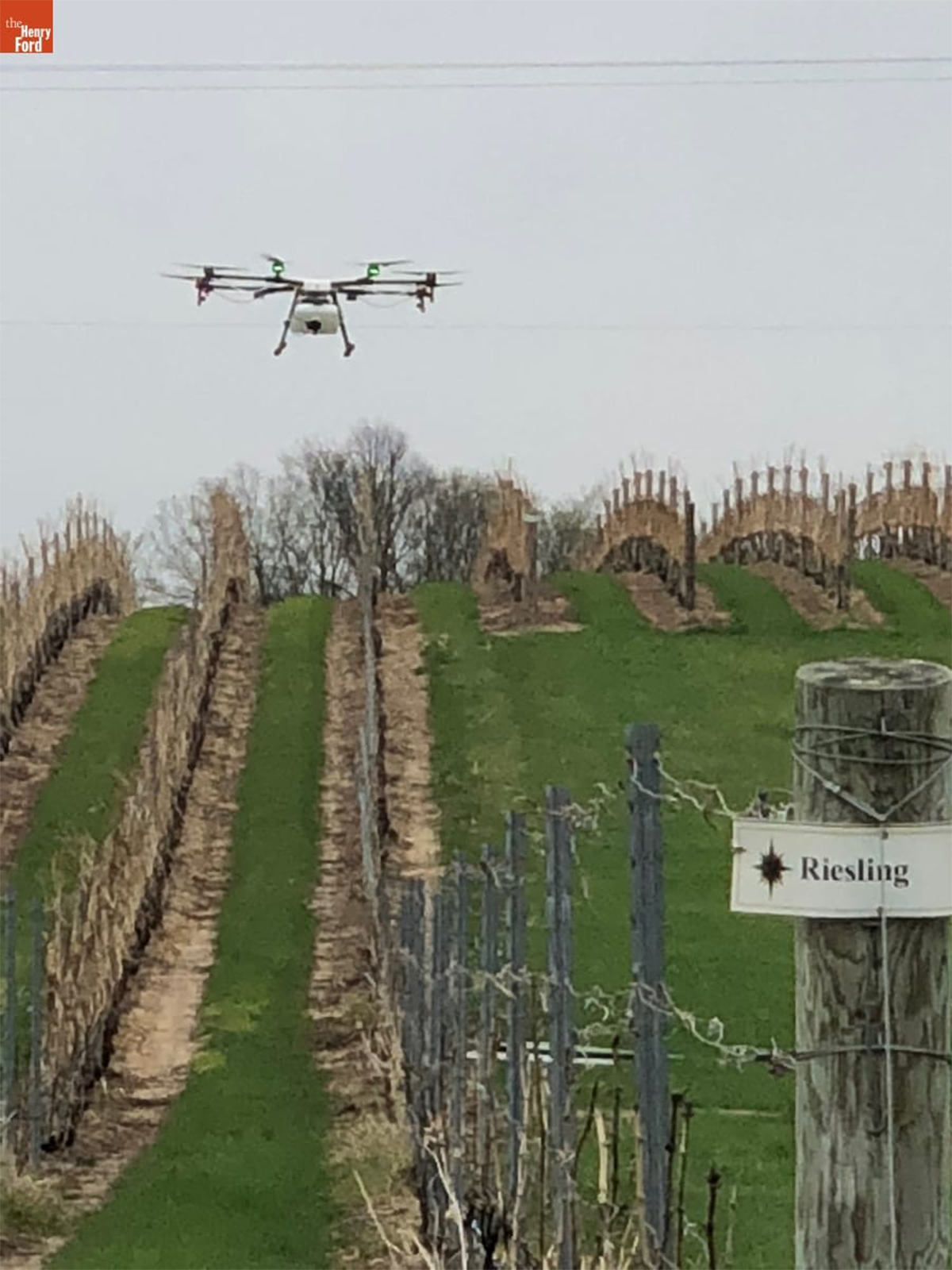
The Agras MG-1 in flight over a Michigan vineyard. Gift of Northwestern Michigan College / THF717081
DJI designed the Agras MG-1 to carry 22 pounds of liquid pesticides, herbicides, or fertilizers — an amount that could treat an average of an acre in 10 minutes. Its “intelligent” operating system relied on global positioning systems (GPS) data to fly level to the terrain and to automatically adjust the quantity of spray to the flying speed and thus ensure even distribution. Operators had to understand the inputs as well as ways to override them if the battery ran low, the tank ran dry or changes in the weather made it difficult to operate the drone safely.
Rapid expansion in drone-aided agriculture led to training alliances. NMC partnered in 2017 with Michigan State University's Institute of Agricultural Technology so MSU students could meet drone licensing requirements. NMC also partnered in 2020 with Unmanned Systems Institute which administered additional industry safety certifications. Instructors need up-to-date technology, not dated UAS. Thus, NMC retired its Argas M-1, and we acquired it to document early UAS use in precision agriculture.
Debra Reid is Curator of Agriculture and the Environment at The Henry Ford.

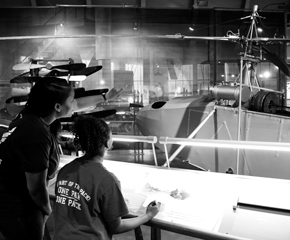
Facebook Comments